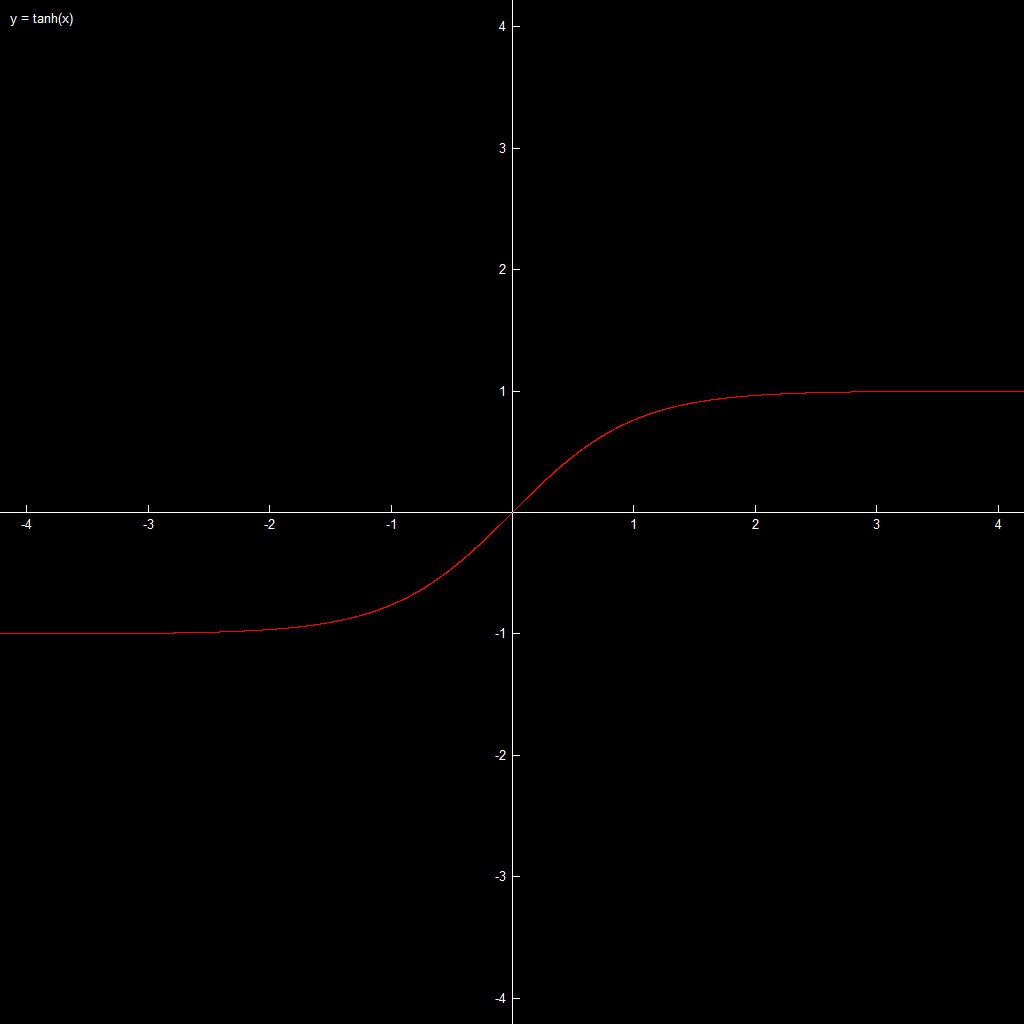And can you give me an example of an algorithm? alt text http://ryancalderoni.com/archive/ideal_curve.jpg
EDIT: And then how would I calculate the math using Javascript? Can someone add that? Sorry to not include that context originally..
NOTE: I am using 'flot' to graph it and the input for flot is a javascript array like this:
[[x,y],[x,y],[x,y]...]
So given the values that change the curve I output all the points to an array with a loop and spit it out to flot to graph.
A typical sigmoid curve is the tanh(x) curve.
By definition,
tanh(x) = sinh(x) / cosh(x) =
= [(1/2) (e^x - e^-x)] / [(1/2) (e^x + e^-x)] =
= (e^x - e^-x) / (e^x + e^-x) =
= (e^(2x) - 1) / (e^(2x) + 1)

(High-res)
Notice that the lines of symmetry are shifted with respect to your sample picture. To make a tanh graph look more like your example, simply move it up and to the right:
y = 1 + (e^(2x - 6) - 1) / (e^(2x - 6) + 1)

(High-res)
In JavaScript you implement this expression most efficiently as
exp2x = Math.exp(2*x)
y = (exp2x - 1) / (exp2x + 1)
OK, if you want y to range from 0 to 100, and x to range from 0 to 100, than you might want to try
y = 50 + 50*tanh((x−50)/10)
which looks like

(High-res)
Now
y = 50 + 50 * tanh((x−50)/10)
= 50 + 50 * (e^((x−50)/5) - 1) / (e^((x−50)/5) + 1)
The error function, erf, looks quite similar, but is much more difficult to compute (unless JavaScript has a built-in erf function).
Ryan (OP) adds: implemented!
var y = 50 + 50 * tanh((n-50)/10);
function tanh (arg) {
return (Math.exp(arg) - Math.exp(-arg)) / (Math.exp(arg) + Math.exp(-arg));
}
If you love us? You can donate to us via Paypal or buy me a coffee so we can maintain and grow! Thank you!
Donate Us With